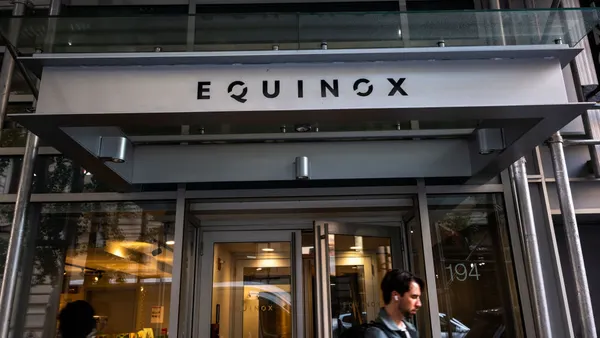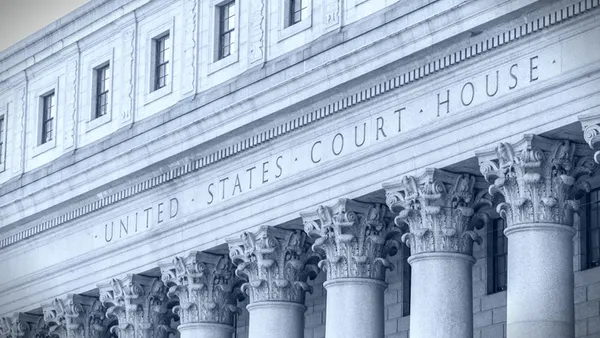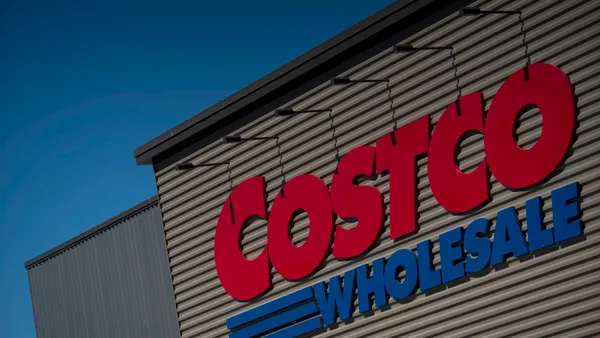Dive Brief:
- A third of publicly held companies had codes of conduct that encouraged a "positive difference" in employee behavior, according to a new report by the LRN Corporation. LRN also found that of the 100 company codes analyzed, a third had codes of conduct below the guidelines set by the U.S. Department of Justice, New York Stock Exchange and Nasdaq.
- Among the key findings in the report, only 68% of codes of conduct covered data privacy, just over half covered social media and diversity and inclusion, and just 45% addressed human rights. Just 67% of codes covered organizational values and only half expressed values in terms of behavior. And under half explained investigative procedures for misconduct.
- "At the core of every ethics and compliance program lies a Code of Conduct. And the best Codes of Conduct align values-based behaviors with business goals, inspire commitment to ethical behavior, connect people with purpose and integrate values through behaviors," Jim Walton, LRN ethics and compliance advisor and the report's coauthor, said in a media release. "When you give employees the tools to make the right decisions, you instill trust and reinforce your values."
Dive Insight:
An ethical organization begins with a code of conduct and is sustained by ethical leadership. A sign of an unethical organization is a toxic culture in which undesirable behavior, such as sexual misconduct, disrespect, negative criticism and microagressions are tolerated. However, researchers at San Diego State University and the University of Wisconsin found that managers who follow an ethical compass can prevent behavior that creates a toxic work environment. Organizations with a formal code of conduct that applies to all its stakeholders — managers, employees, officers, directors, customers and vendors — may be able to lower the incidences of misconduct.
Calling out misconduct isn't just the responsibility of leadership; employees also should be encouraged to identify maleficence and know they can speak out against it without repercussions. Amy Polefrone, CEO of HR Strategy Group, said in an HR Dive interview that bad behavior is becoming more unacceptable in the workplace. "Since the #MeToo movement emerged in October 2017, we're seeing much more [that] the message in harassment prevention training or respectful workplace training is 'see something, say something,'" she said.
HR leaders are central to drafting and enforcing codes of conduct. In fact, they set expectations for appropriate behavior, which is enforced not just by codes of conduct, but also by creating and enforcing a culture based on an organization's values and ethics.










